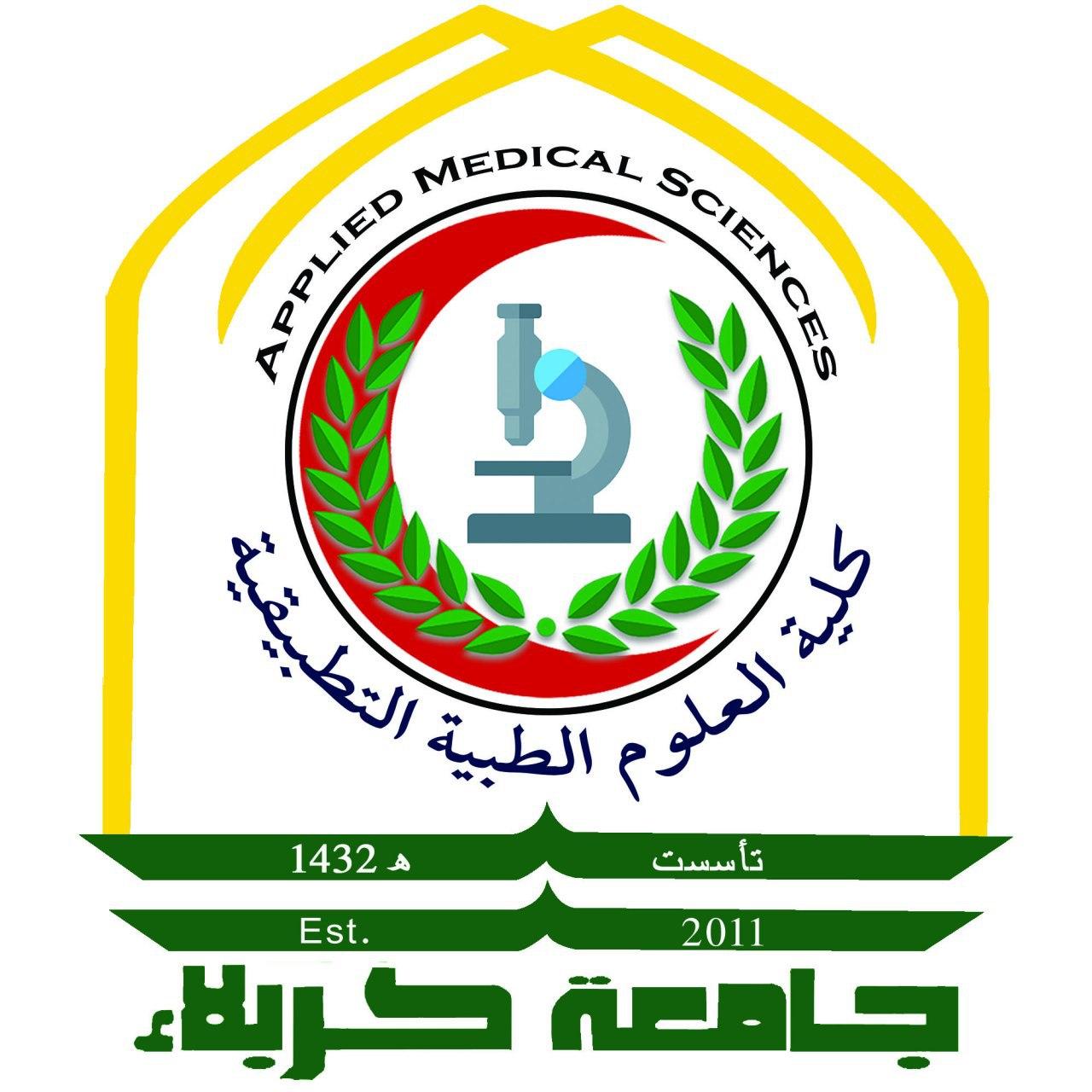The toxic effect of nickel chloride (II) and potassium dichromate (VI) on the activity of reproductive system in male mice
Abeer cheaid yousif AL-fatlawi
Faculty of applied medical sciences, university of Karbala, Iraq.
Abstract:
Increase distribution of heavy metal and its compound in the environment, especially through anthropogenic and natural activity, raises increasing concern for toxicological effects. The present study was based on the fact that Ni and Cr elements are important as the environmental factor produce the male genital system abnormalities. 35 male mice (10 weeks old) were randomly divided into seven groups 5 animals for each group, group 1 served as control received tap water, group 2,3 and 4 received (20, 40, and 60 mg/kg of Nicl2 respectively), while group 5,6 and 7 received (20, 60, and 100 mg/kg of K2Cr2O7 respectively). The results showed a high significant decrease (P≤0.0001) in the sperm count of male mice for intermediate and high dose treated with Nicl2 (II) as compared with control group, while no any significant differences between the lowest doses as compared with control group. The result showed a high significant difference (P≤0.0001) in the percentage of sperm abnormalities for intermediate and high dose treated with Nicl2 (II) as compared with control group. Also the result showed a high significant difference (P≤0.0001) in the sperm count for all groups treated with different doses of K2Cr2O7 (VI) as compared with control group. About percentage of sperm abnormalities the result showed a high significant difference (P≤0.0001) in the percentage of sperm abnormalities for intermediate and high dose treated as compared with control group.
Key words: potassium dichromate, nickel chloride and testicular toxicity,





























































